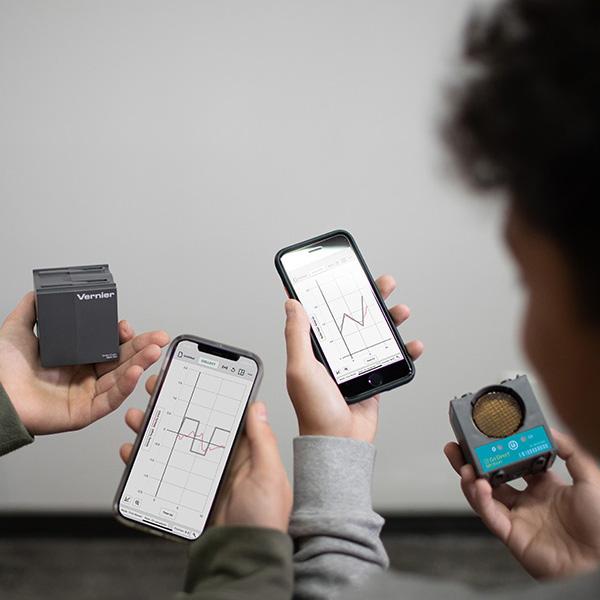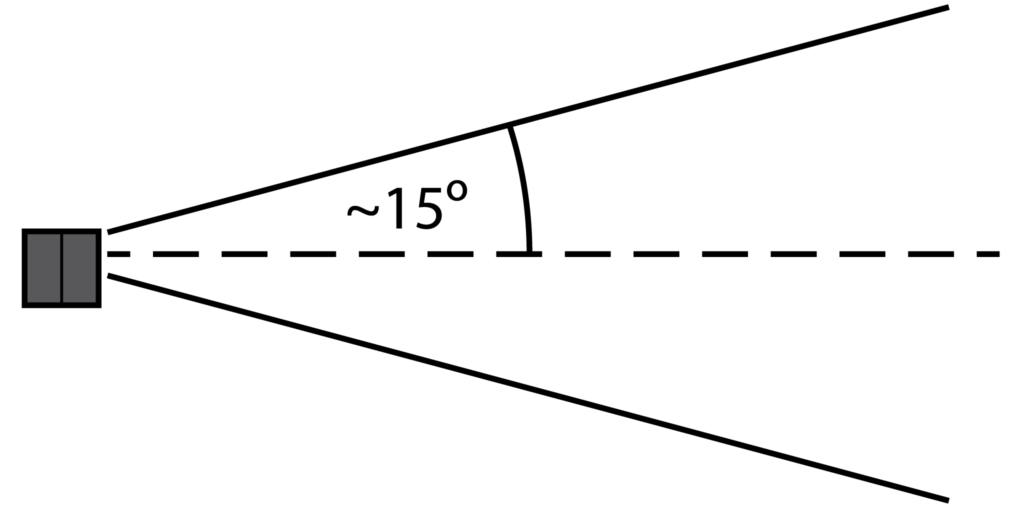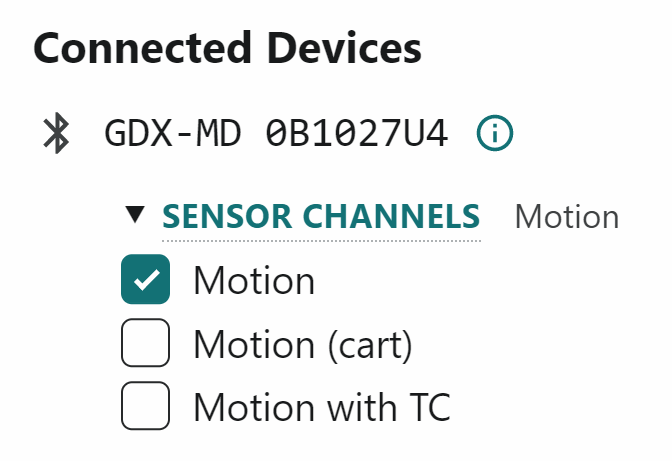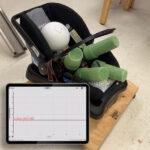
Sharing ideas and inspiration for engagement, inclusion, and excellence in STEM

One of the most versatile ways for students to measure motion—a key scientific concept—is the
Go Direct® Motion Detector.
This sensor uses ultrasound to measure the position, velocity, and acceleration of moving objects. Specifically, the Go Direct Motion Detector sends out an ultrasonic pulse, or a sound wave at a frequency beyond human hearing, and then it listens for the echo from its target.
Based on the amount of time the sound wave takes to go out and come back, the motion detector calculates how far away the object is. It measures a position at each time interval, so you end up with a graph of position vs. time.
Here are some activities in which you can have students engage with the Go Direct Motion Detector:
- Throw a ball above it.
- Move themselves in front of it.
- Put it on a track and measure the motion of carts moving on the track.
To help you get the most out of this versatile sensor, I’ve put together a list of three helpful strategies and best practices to get good, clean data.
#1: Be Aware of the Environment Around You
The Go Direct Motion Detector features a gold foil transducer that looks like an eye but acts like an ear; essentially, it’s a highly sensitive microphone that listens for the pitch or frequency of the ultrasonic sound wave bouncing off the object in motion.

When you set up the sensor to conduct an experiment, it’s important to do so in a way that the transducer picks up only the motion you want to measure. Objects (such as Chromebooks™, chairs, or other students) may mask the motion of the object being tracked if they present a large surface to reflect the sound waves—keep them “out of view” of the Go Direct Motion Detector!
During my teaching career, when I did motion graph matching with my students, we would rearrange the classroom to make lanes. All the lab groups would clear everything out of their respective lane, and only one student per group would move in that lane. Taking these steps ensured they got good, clean data from the motion detector.
#2: Be Aware of the Target
With the Go Direct Motion Detector, sound waves go out, reflect off an object in motion, and then come back to the sensor. It’s important to know that some objects are better reflectors than others.
In general, people (i.e., students in your physics class) are good reflectors. To set your students up for success, consider having them hold a textbook, small whiteboard, or similarly flat and solid object in front of them. You can tell them to think of the object as the target for the sensor’s ultrasonic pulse.
Round objects can also work well as a target for the Go Direct Motion Detector—as long as they are large enough. For instance, you can get a good reflection off a softball, but a golf ball would be too small.
#3: Use Alternate Channel Settings as Necessary
The Go Direct Motion Detector is a multi-channel sensor. The Motion channel is the default. Two other channels of note are the “Motion-Cart” channel and the “Motion-TC” or Temperature Compensation channel.

The Cart channel is more sensitive, making it a great option for use with smaller objects, that is, those that give off a smaller echo (such as a dynamics cart).
In terms of the Motion-TC channel, the temperature of the air affects the speed of sound waves; if the air is warmer, sound waves travel faster. If you’re using the Go Direct Motion Detector in a classroom or another space that is room temperature, the default Motion channel will give accurate measurements.
However, if you take the sensor into the field and use it on a particularly hot or cold day, turning on the Motion-TC channel allows the Go Direct Motion Detector to automatically compensate for the air temperature and improve the sensor’s accuracy.
Want to learn more tips and tricks for this versatile sensor? Check out Maximizing Motion: Getting to Know the Go Direct Motion Detector. In this webinar, I go over best practices for using this sensor in a variety of lab activities; ways you can use the motion detector all year long; and how to make the most of the Vernier Graphical Analysis® Pro app with your motion detectors to analyze, annotate, and share your data.
We’re always happy to brainstorm ideas for how to use the Go Direct Motion Detector—and we love to hear how educators are using this sensor for hands-on physics learning! Contact us at physics@vernier.com or 888-837-6437.
Share this Article

Sign up for our newsletter
Stay in the loop! Beyond Measure delivers monthly updates on the latest news, ideas, and STEM resources from Vernier.






